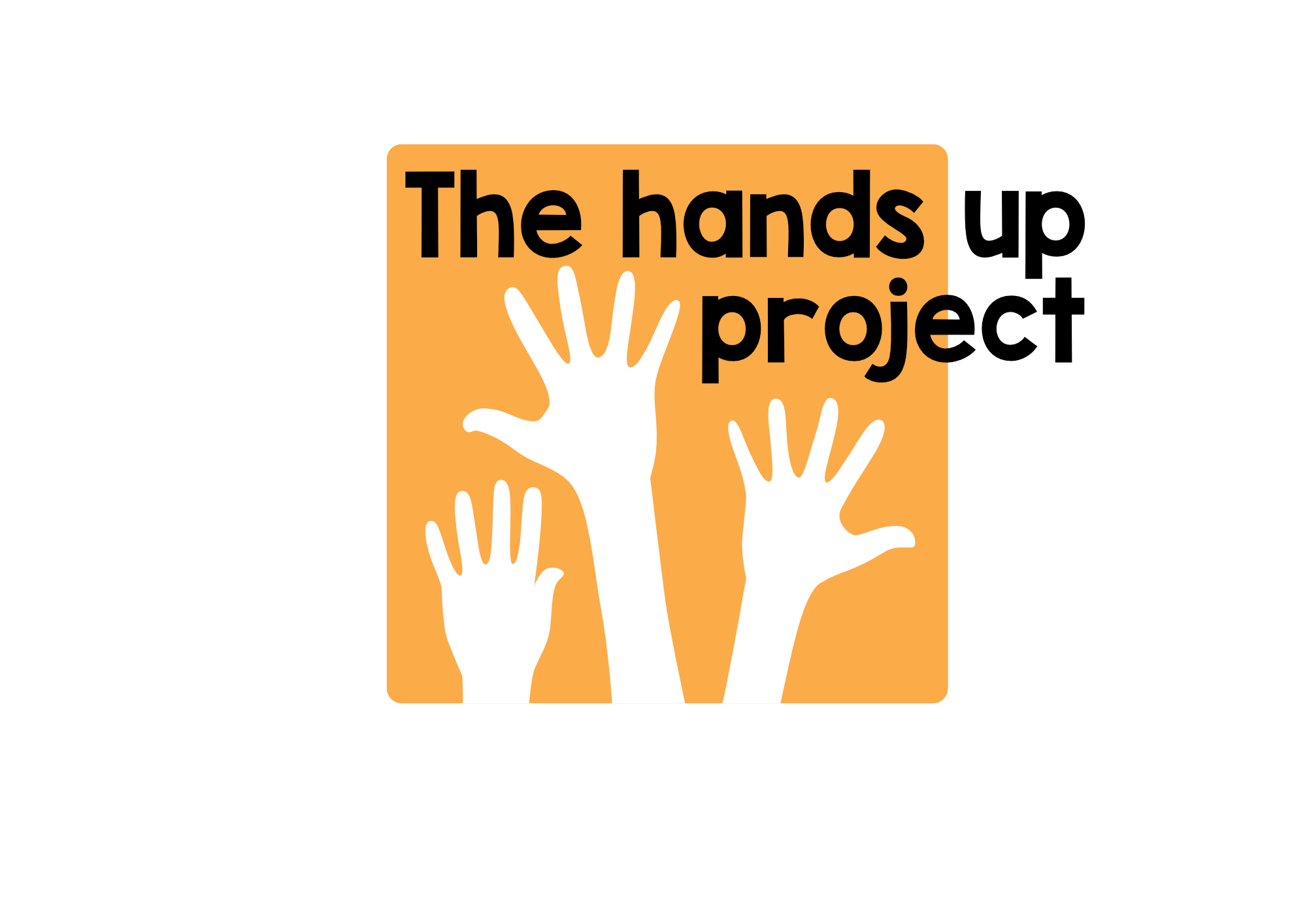Gained in translation
Since the early days of the Hands Up Project, translation has always played an important part in many of our online learning sessions.
Here are some translation activities which may happen:-
A learner or pair of learners are interacting with their remote volunteer in front of the webcam and in front of the class. One of them wants to say something but doesn’t know how to do it in English. She says it in Arabic and her classroom teacher feeds in the English word(s) for her to say to the remote volunteer. This is so useful as a learning strategy in my opinion; learners get the word(s) they want at the point of need and therefore it’s more likely to be remembered.
The remote volunteer is telling a story and the classroom teacher senses that some of the students haven’t understood something that the remote volunteer has said. The classroom teacher politely interrupts and says to everyone ‘How do we say X (English word) in Arabic?’. She may also write the English word on the board. Somebody replies correctly (if they don’t the teacher can supply the Arabic translation herself) and the remote volunteer moves on with the story, perhaps repeating the part with the new English word.
The students have individually prepared something in Arabic to present to their remote volunteer - it could be a story, the script of a remote play, or quiz questions based on Science etc. They work as a group to come up with the best possible translation they can to present it to the remote volunteer. If we sometimes allow learners sometimes to do things in Arabic, their creativity is not limited by their linguistic abilities. The learning happens in the moment when they pool their resources to translate things into English and when they go on to say these things to their remote volunteer.
The children spontaneously decide to teach some Arabic words to their remote volunteer. I love the way this creates a level playing field between the class and the remote volunteer and shares the challenges of producing sounds in another language and knowing how far to go in terms of correction. In the activity below (which happened in a HUP session more than four years ago) these issues take the form of highly engaging game for us all..
When Palestinian artist, Malak Mattar got in touch with us about her idea for a children’s picture book, we weren’t originally planning to publish it in both English and Arabic. But we’re now very glad that we did!
The book is quite unique in that it’s written in simple English but also in simple, colloquial Arabic. Not only is this a great resource for Arabic speaking learners of English, but it’s also a nice tool for low level learners of Arabic too - people like me!
And, if we use the recording of the bilingual reading that Haneen Jadalla and I did (see below) there’s even more that can be learnt.
I find it the perfect way to start recognising the written forms of words that I know only in the spoken form (for example from the first page غزة = Gaza, صغيرة = small/young and فلسطينية = Palestinian ). I can also learn whole new words (such as طفلة = young girl and بفرح = happily )
So if you know an Arabic speaker who’s learning English, or an English speaker who’s learning Arabic then this would make a great present. But you’d better hurry up if you want one in time for Xmas. We have less than 40 copies left in stock!
